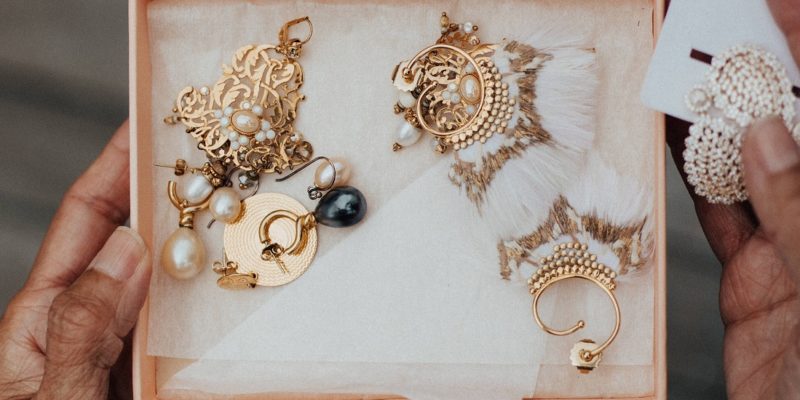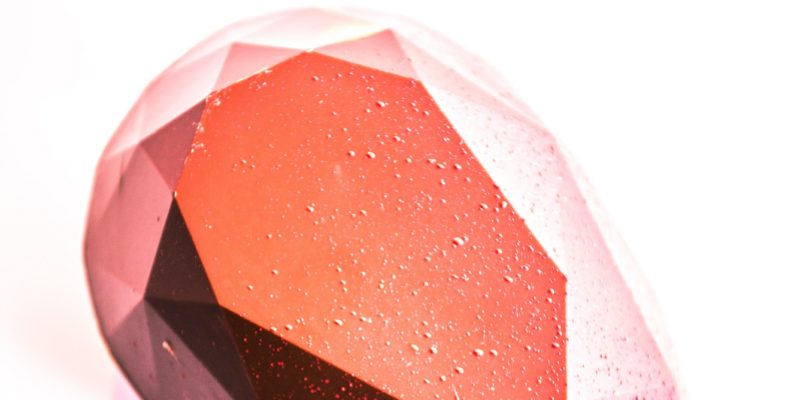Medicaid planning is a critical consideration for many as they age, especially given the high costs associated with long-term care and nursing home facilities. One of the less traditional but potentially effective strategies involves investing in fine art. This article explores how individuals can use fine art as an asset for estate planning and Medicaid eligibility, ensuring their needs are met without depleting their life savings.
Understanding Medicaid EligibilityMedicaid provides health coverage to millions of Americans, including eligible low-income adults, children, pregnant women, elderly adults, and people with disabilities. However, to qualify for Medicaid, applicants must meet certain income and asset thresholds, which vary by state.
Since Medicaid is designed to aid those with limited income and assets, those with significant assets may need to “spend down” or restructure their finances to meet eligibility requirements. Strategic asset planning can help protect an individual’s wealth while ensuring they qualify for the necessary aid.
The Role of Fine Art in Asset PlanningFine art can be an attractive investment not only due to its potential to appreciate over time but also because of its use in non-traditional estate and Medicaid planning. Here’s how fine art can be incorporated:
1. Investment and AppreciationFine art often appreciates in value, especially if the piece is from a renowned artist or has historical significance. By investing in art, you not only diversify your investment portfolio but potentially hold an appreciating asset that can be passed down to future generations.
2. Medicaid Asset PlanningAssets like fine art are considered countable assets for Medicaid eligibility. However, the actual valuation of art can be quite subjective and varies greatly depending on market conditions, the artist’s recognition, and other factors.
Strategic Gifting of ArtA common strategy to qualify for Medicaid is reducing your countable assets through gifting. Transferring your art investments to your children or heirs is one way to legally adjust your asset level. Here’s how it can be structured:
1. Timely GiftingMedicaid has a look-back period of five years. This means that all asset transfers made within five years prior to applying for Medicaid can be penalized. Therefore, early planning is crucial. Gifting art well before the look-back period is essential to avoid penalties and delays in benefits.
2. Documentation and ValuationWhen gifting art, proper documentation is necessary to establish the gift’s legality and the art’s value at the time of the transfer. It’s advisable to have art appraised and to keep detailed records of the transaction to present to Medicaid if questioned.
3. Legal and Tax ConsiderationsTransferring valuable art can have legal and tax implications. It’s important to consult with legal and tax professionals to ensure that the transfer is done in compliance with current laws and that any potential tax burdens are minimized.
Benefits and Risks of Using Fine Art for Medicaid Planning Benefits: Asset Diversification: Fine art can diversify your investment portfolio.Potential Appreciation: Art can increase in value, providing more assets to pass on to heirs.Estate Planning: Allows for the transfer of wealth to the next generation in a form that can be both meaningful and valuable. Risks: Market Volatility: The art market can be unpredictable. Values can fluctuate widely based on trends, economic conditions, and changes in cultural interest.Liquidity: Art is not a liquid asset. Selling a piece of art quickly can often result in a sale price that is much lower than its appraised value.Legal and Tax Complexity: The transfer of valuable art must be carefully managed to avoid legal pitfalls and unexpected tax consequences. Practical Steps to Begin Research: Understand the art market by researching artists, trends, and historical sales data.Professional Guidance: Consult with art advisors, estate planners, and attorneys who specialize in both art investment and elder law.Purchase with Intent: Acquire art with a clear understanding of its potential role in your estate and Medicaid planning strategy.Plan Early: Begin the gifting process well before the Medicaid look-back period to ensure compliance and minimize penalties. ConclusionUsing fine art as a component in strategic Medicaid planning is an innovative approach that can offer both financial and personal rewards. However, it requires careful consideration, expert advice, and meticulous planning. By understanding the complexities involved and seeking appropriate guidance, fine art can be effectively integrated into your estate planning to meet your future needs and those of your heirs.

